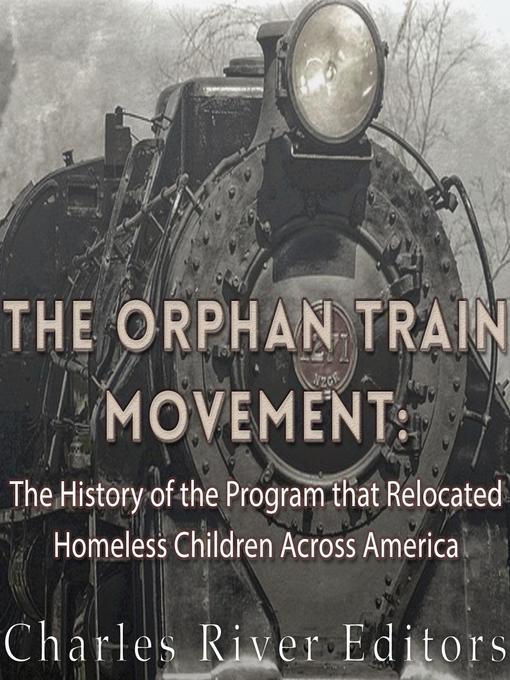- Biography & Memoir
- History
- Personal Development
- Military Interest
- Country Studies
- Climate & Environment
- Cyber Topics
- Future Concepts
- Army Reading Lists
- Leadership
- Biography Audiobooks
- Health Related
- Resilience
- See all nonfiction collections
Of course, the addition of so many immigrants and others with less money put strains on the quality of life. Between 1862 and 1872, the number of tenements had risen from 12,000 to 20,000; the number of tenement residents grew from 380,000 to 600,000. One notorious tenement on the East River, Gotham Court, housed 700 people on a 20-by-200-foot lot. Another on the West Side was home, incredibly, to 3,000 residents, who made use of hundreds of privies dug into a fifteen-foot-wide inner court. Squalid, dark, crowded, and dangerous, tenement living created dreadful health and social conditions. It would take the efforts of reformers such as Jacob Riis, who documented the hellishness of tenements with shocking photographs in How the Other Half Lives, to change the way such buildings were constructed.
While the Melting Pot nature of America is one of its most unique and celebrated aspects, the conditions also created a humanitarian crisis of sorts. In the 19th century, child labor was still the norm, especially for poor families, and no social welfare systems were in place to provide security for people. As a result, if a child was abandoned or orphaned, they were at the mercy of an ad hoc system of barely tolerable orphanages with little to no centralization. Minorities and immigrants were also discriminated against on the basis of ethnicity and religion.
Into this issue stepped the Children's Aid Society, led by Charles Loring Brace, who determined he could improve abandoned kids' futures by helping relocate them further to the West, which would also help Americans settle the frontier. By coordinating with train companies, Brace was able to transport dozens of children at a time to places in the heartland of America or further out west, where they would end up in new homes, decades before the existence of foster care. Genealogist Roberta Lowrey, a descendant of one of these orphans, noted that the situations for many of those on the Orphan Trains were vastly different, but in all, the system worked: "Many were used as strictly slave farm labor, but there are stories, wonderful stories of children ending up in fine families that loved them, cherished them, [and] educated them. They were so much better off than if they had been left on the streets of New York. ... They were just not going to survive, or if they had, their fate would surely have been awful."
In time, the success of the system led to coordination between dozens of agencies across multiple cities, including Boston and Chicago, helping move thousands of endangered children from the East Coast to other parts of the nation. Nearly 1,000 children were being transported a year at the height of the program, which lasted into the 1920s.
-
Creators
-
Publisher
-
Release date
November 8, 2016 -
Formats
-
OverDrive Listen audiobook
- ISBN: 9781509421824
- File size: 42207 KB
- Duration: 01:27:55
-
-
Languages
- English
Why is availability limited?
×Availability can change throughout the month based on the library's budget. You can still place a hold on the title, and your hold will be automatically filled as soon as the title is available again.
The Kindle Book format for this title is not supported on:
×Read-along ebook
×The OverDrive Read format of this ebook has professional narration that plays while you read in your browser. Learn more here.
